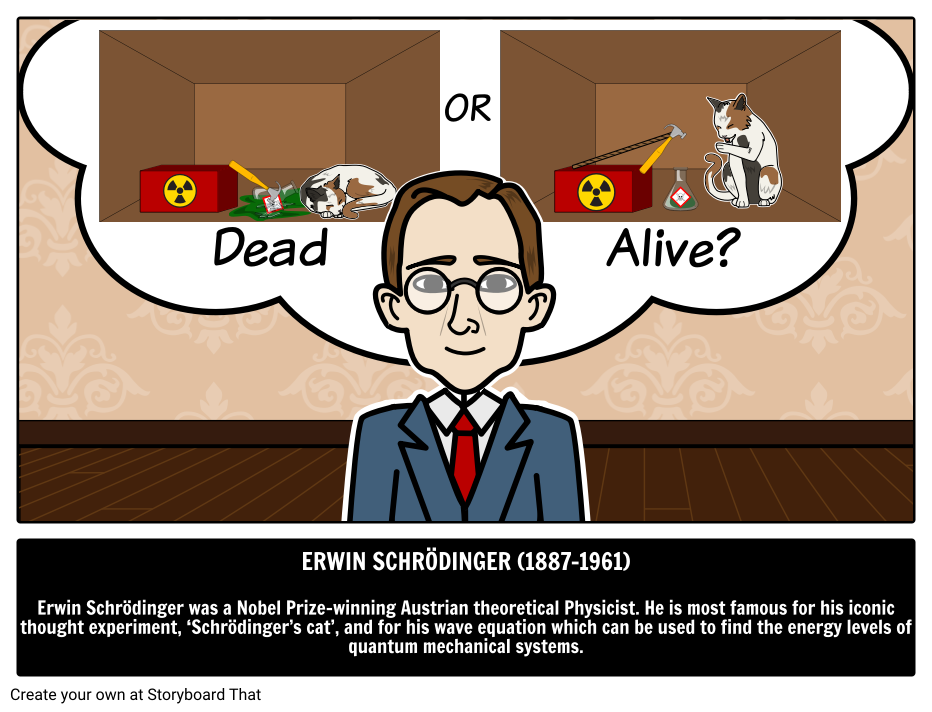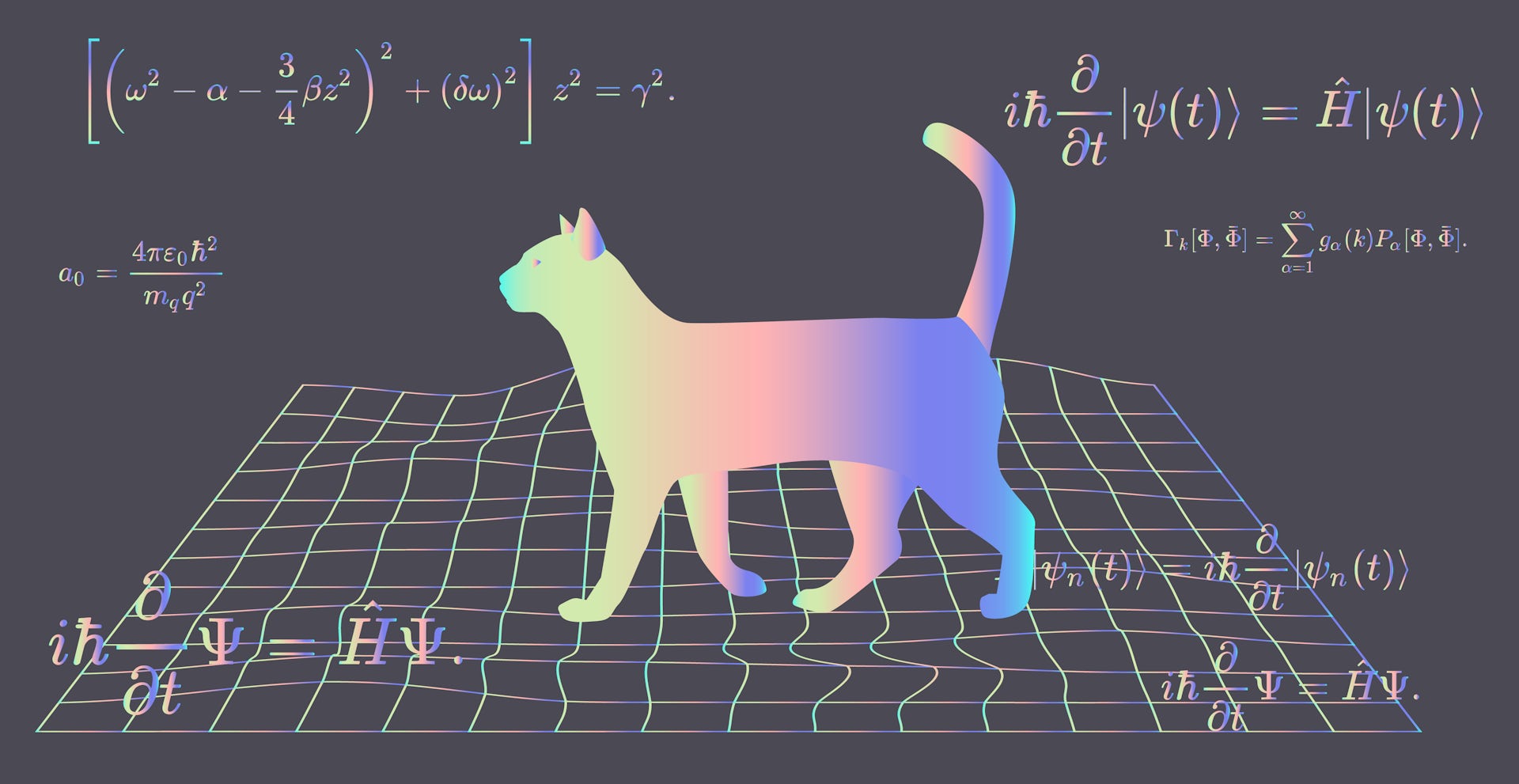

Imagine an atom which emits 2 photons simultaneously in opposite directions. You can see what they were worried about in a slightly modified version of the original thought experiment. They wanted to highlight 2 features of the Copenhagen interpretation that they regarded as absurd - the so-called "collapse of the wave function", and the notion that every part of a quantum system responds instantaneously to a stimulus affecting any part of the system.

It was in May 1935 that Einstein, together with Boris Podolsky and Nathan Rosen (then all working at Princeton) published the description of what has ever since been known as the 'EPR paradox', although it is not really a paradox at all (Physical Review, vol 47 p 7777). But in spite of some discomfort caused by having the weirdness of the quantum world highlighted by Einstein, Schrodinger and a handful of other scientists, physicists continue to stick by the Copenhagen interpretation. One carried the name of Albert Einstein, the other that of Erwin Schrodinger - 2 of the key players in the development of the theory they now urged their colleagues to reject. The 2 publications could hardly have failed to attract attention. It is the standard version of quantum theory taught in universities and used, among other things, to design computer chips and lasers, and which underpins our understanding of DNA and genetic engineering.

The Copenhagen interpretation is the standard way quantum physics is taught, and rests upon describing the quantum world in terms of probabilities and the collapse of the wave function. It is exactly 60 years since the publication of 2 "thought experiments" designed to demonstrate the absurdity of quantum mechanics, and to make physicists come up with a better view of reality than the standard 'Copenhagen interpretation' of quantum physics.


 0 kommentar(er)
0 kommentar(er)
